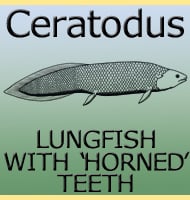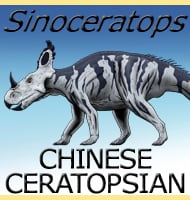Ceratodus
In Depth Ceratodus was one of the most wide ranging fish to ever live on the planet, both geographically and temporally. This distribution was possible because back in the Triassic the major land masses of the continents were still close together which allowed several types of animals, most famously the dinosaurs, to spread out across … Read more

